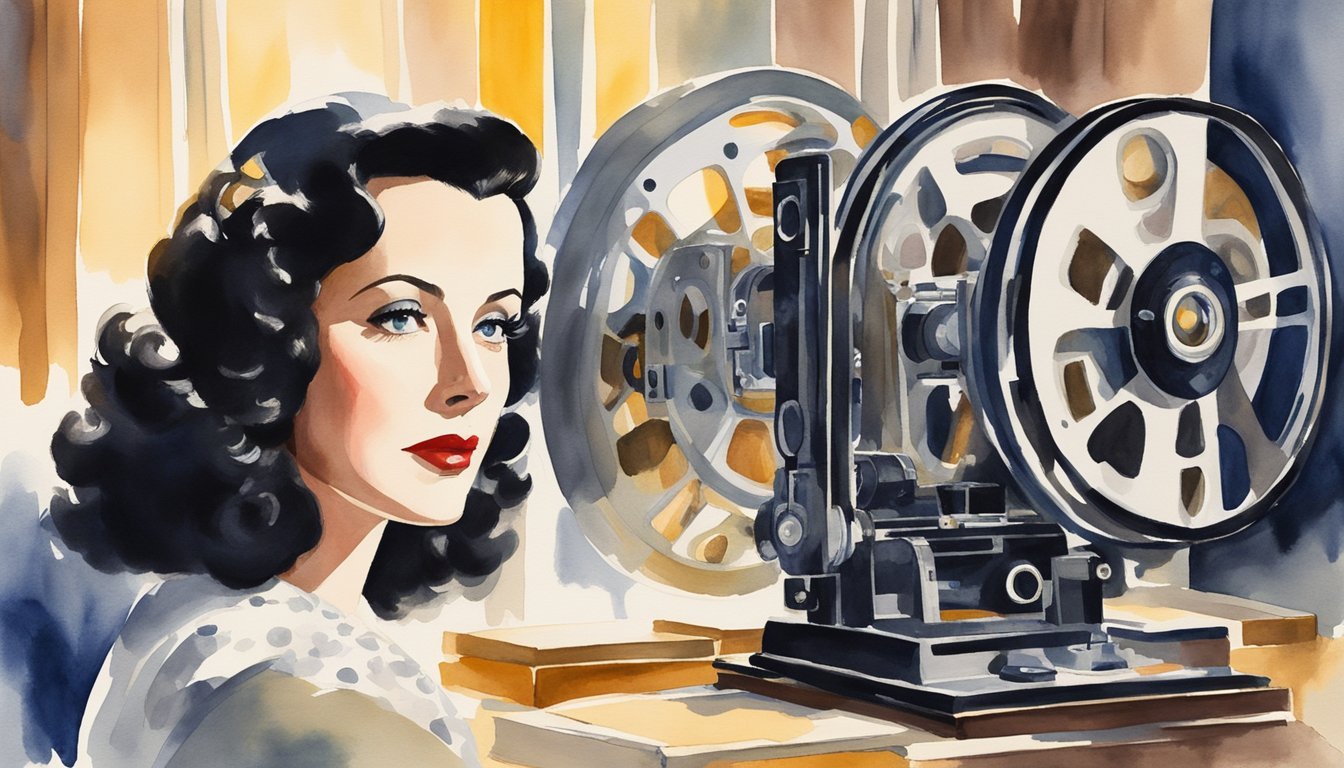Early Life and Film Career

Hedy Lamarr’s journey from a precocious Viennese student to a glamorous Hollywood star is a tale of both beauty and intellect. Her early career in European cinema laid the foundation for her eventual migration to the silver screen in America. Her striking looks and undeniable talent quickly made her one of Hollywood’s most sought-after actresses. Beyond her on-screen allure, she was also a brilliant inventor, co-developing a frequency-hopping technology that later contributed to modern wireless communications. Much like the introspective moment in the Ferris Bueller painting scene, where a character contemplates deeper meanings beyond the surface, Lamarr’s legacy extends far beyond her glamorous image, revealing a mind ahead of its time.
Vienna Origins and Rise to Fame
Born Hedwig Eva Maria Kiesler on November 9, 1914, in Vienna, Austria, Lamarr showed an aptitude for the arts at a young age. She studied under the prominent theater director Max Reinhardt in Berlin, which paved her way to the film industry. Her breakthrough came with a controversial role in the 1933 film Ecstasy, which featured her in a then-shocking nude scene and marked her as a significant figure in German cinema.
Hollywood Success and Key Roles
Lamarr’s allure and ability caught the attention of MGM’s Louis B. Mayer, who offered her a Hollywood contract. Renaming herself Hedy Lamarr, she landed roles opposite major stars like Clark Gable in Tortilla Flat and Charles Boyer in Algiers. Her portrayal of Delilah in Samson and Delilah solidified her status as a silver screen legend. Despite this success, Lamarr sought more meaningful roles, which led to her final film, The Female Animal. After her film career, she authored an autobiography, Ecstasy and Me, revealing personal details about her life in and out of film.
Inventions and Legacy
Hedy Lamarr was not only a celebrated actress but also a remarkable inventor whose contributions had a profound impact on modern technology. Her innovative work during World War II laid the groundwork for contemporary wireless communications.
Innovation in Communication Technology
Developed to combat the threat of jamming by enemies, Lamarr’s Frequency Hopping concept involved switching radio frequencies in a pattern known only to the sender and receiver. This invention, created in collaboration with composer George Antheil, was intended to secure Allied torpedoes from interference. Although the U.S. Navy did not immediately adopt the technology, the patent they received became valuable years later as it formed the basis for spread spectrum technology used in WiFi, GPS, and Bluetooth.
The system envisioned by Lamarr was not put into practical use until the Cuban Missile Crisis, long after their patent had expired. Nonetheless, it marked a significant advancement in military communications and later, in civilian life as the foundation for various forms of wireless communications systems, from secure military networks to everyday uses in mobile phones and tablets.
Recognition and Cultural Impact
Despite her success in Hollywood, it wasn’t until later in Lamarr’s life that her scientific achievements began to receive the recognition they deserved. The team of Lamarr and Antheil was posthumously inducted into the National Inventors Hall of Fame in 2014, honoring their significant contribution to the development of communication technology.
Lamarr’s life and work have been the subject of several books, documentaries, and films, notably “Bombshell: The Hedy Lamarr Story,” which highlights her role as a trailblazing female inventor. This interest in her off-screen work helped in reshaping her image from the “Most Beautiful Woman in the World,” a label from her acting career, to that of a pioneering scientist. The impact of her work on communication technology remains profound, and her story continues to inspire countless individuals today, serving as a testament to the incredible legacy she has left in the fields of science and technology.

